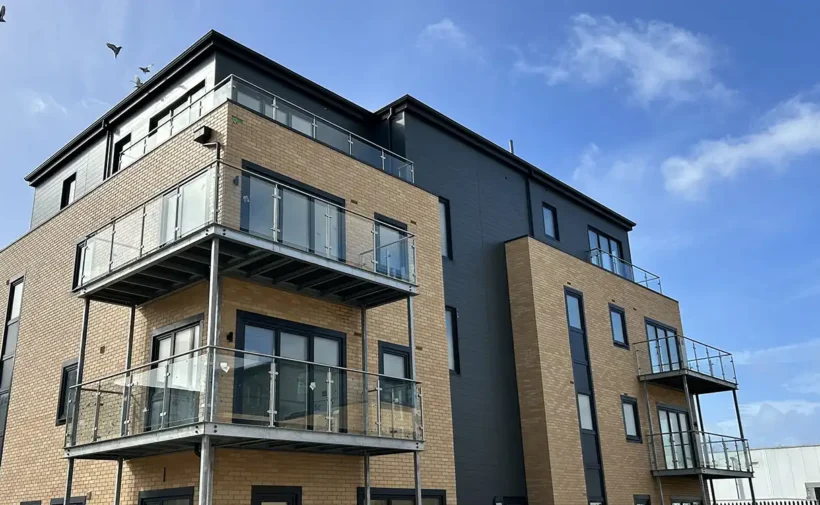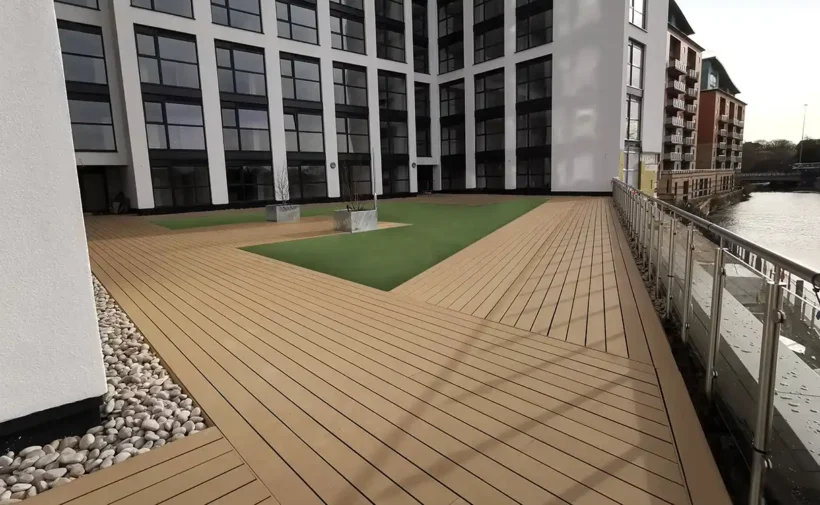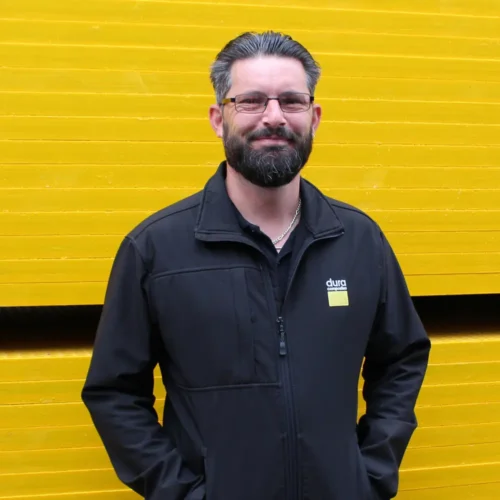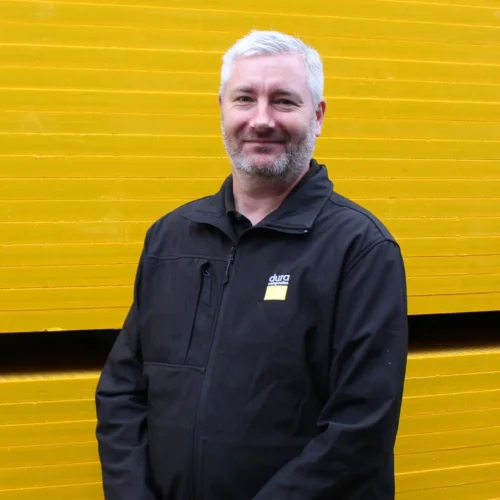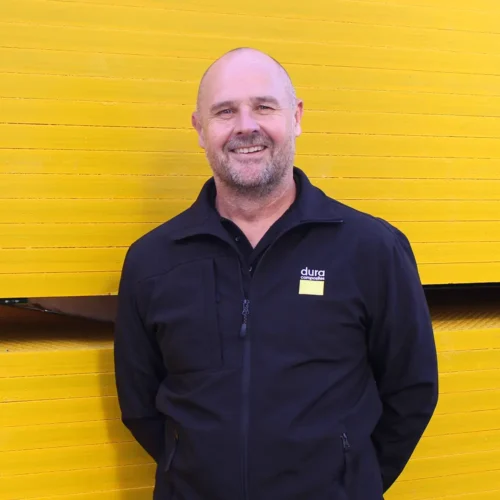What is ESW1?
After Grenfell, many mortgage lenders lost confidence in properties situated in high rise blocks, leading to many mortgage applications being rejected and sales falling through.
In response to this, the External Wall System Fire Review Certificate (EWS1) was introduced. The EWS1 certificate is designed for residential properties that are over 11 metres high, have at least six storeys or have some form of combustible cladding or combustible material on balconies. EWS1 is not a legal requirement but is instead used as a mortgage valuation tool, giving lenders a clear indication of how safe the cladding of a building is. Some lenders will refuse applications for buildings over 11 metres that do not have a certificate.
EWS1 Ratings Explained
To gain an EWS1 certificate, a qualified professional will conduct a fire-risk appraisal of the cladding. A rating is given depending on the level of risk.
Ratings of A1, A2 or A3 are awarded to buildings where materials on or in the exterior walls are unlikely to support combustion. Ratings of B1 or B2 are awarded to buildings where combustible materials are found on or in the exterior walls. This doesn’t mean that the building isn’t safe, however, for B2 ratings, remediation work is recommended to meet fire safety standards.
In England and Wales, one EWS1 certificate covers the entire building and is valid for up to five years. If significant changes are made to the structure of the building within this time, it will need to be reassessed.


